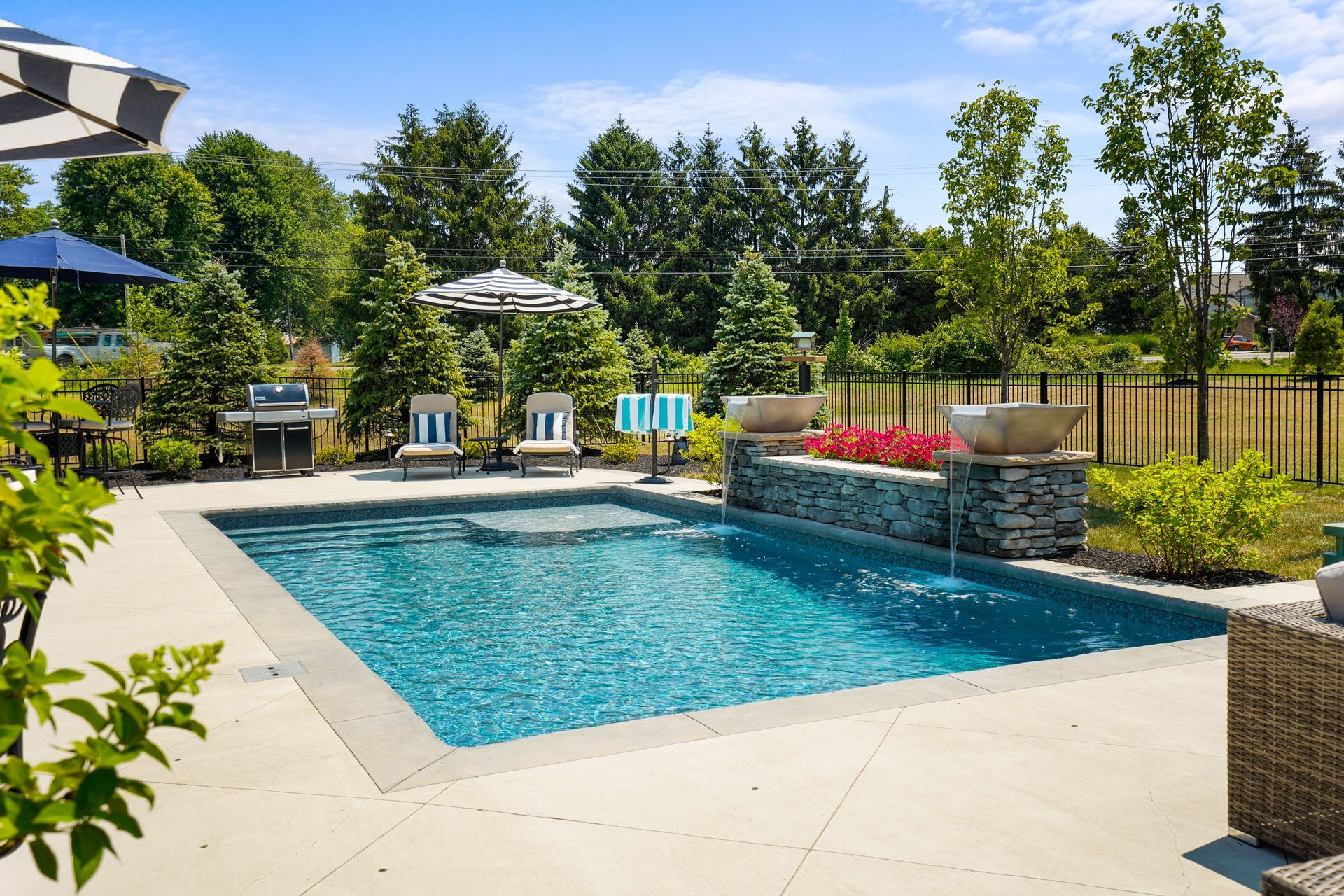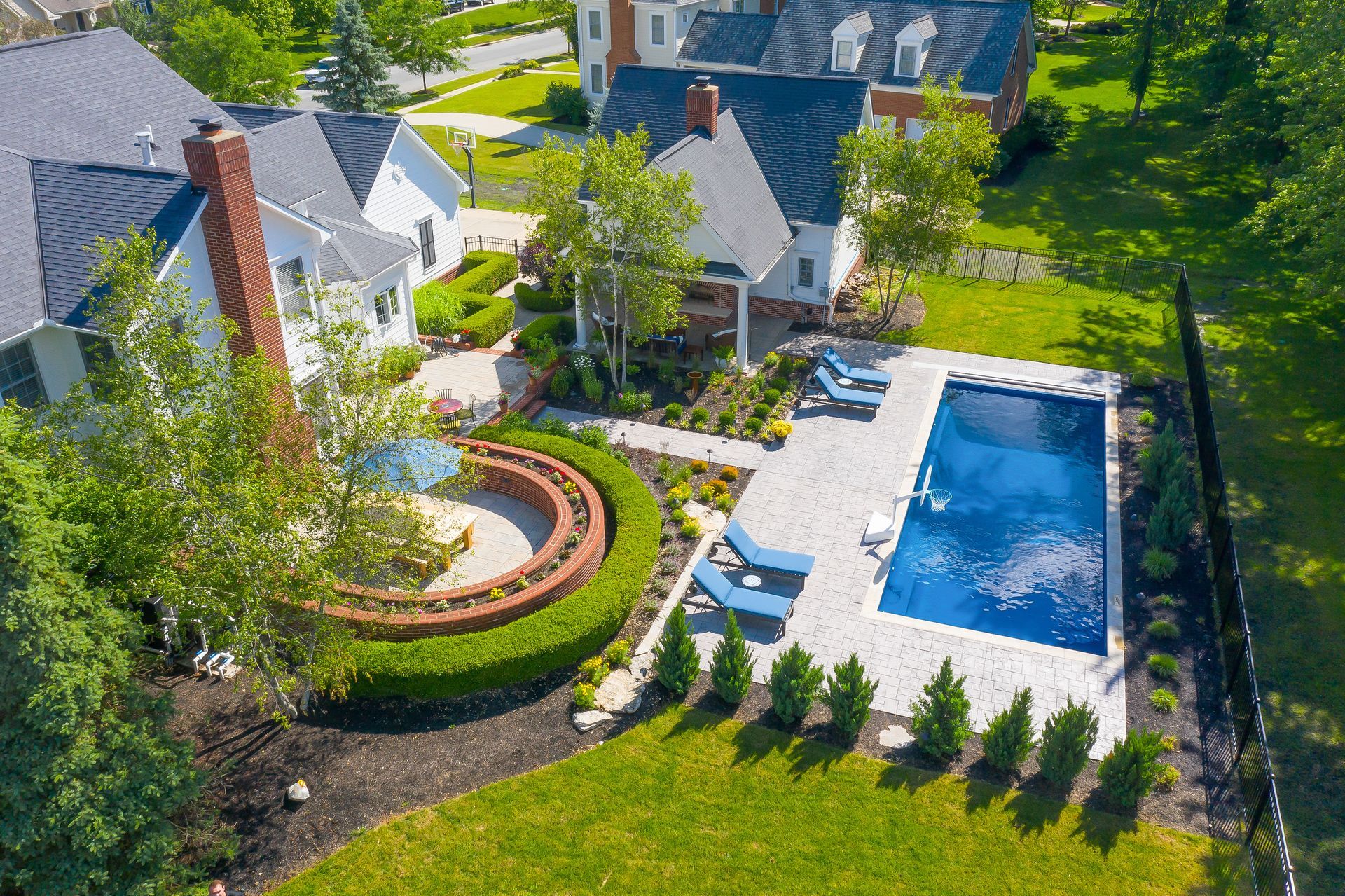Christmas Light Safety Tips

This time of year, many of us are stringing up Christmas lights. The debate over whether flashing colors, twinkling white lights, or icicles are the way to go, but one thing remains the same: Not following basic safety rules when installing your lights can lead to injury.. or worse! Whether you are putting up one string around your porch or in a competition for the best-lit house in your neighborhood, here are some Christmas light safety tips to keep in mind:
Be Careful With That Ladder
You’re probably going to need to use a ladder to put your lights up. Safe ladder use is slightly different in the winter than in the summer because you may have to contend with ice, snow, and wind. If it’s bad out, save the light stringing for another day. You should be good to go if the ground is dry and ice-free and the wind isn’t kicking up a fuss.
Have someone help you so that you can always keep three points of contact on your ladder: If you are using one hand to string lights, then both feet need to be firmly on the rungs. If you are actively climbing, then you need to have your hands free to hold onto the ladder.
Never stand on the top rung of a ladder, and make sure it’s in good working order before you begin. If you don’t feel stable, then you probably aren’t, so if things seem shaky or wobbly at any point, carefully descend and re-place your ladder on more even ground.
Prevent House Fires
Improperly installing or using your lighting could lead to fires. Don’t overload your circuits: Read the manual that comes with the lights to see how many strings can be safely connected. Be sure that you are using an outlet that will be able to support the required electrical load; if the breaker flips, then you have too many lights connected or plugged into one socket.
Also, even perfectly wired lights can cause a fire if there is an electrical malfunction, so don’t leave your lights on overnight or when you aren’t home. If you are home and awake, you’ll be able to detect a problem when it first occurs, saving your property and maybe even your life.
Be Careful on the Roof
It should go without saying that if the roof is snow- or ice-covered, you should not be up there, but every year, many people visit emergency rooms due to falling off of slippery roofs. Only venture up if the roof is dry and if you are sure that it will support you. Watch out for any soft spots; remember that ice accumulating under shingles can cause soft spots in the wood. You might find this out by climbing on the roof before you detect a leak in your house, so tread carefully.
Decorating for the winter holidays can be an exciting and fun part of your neighborhood or family tradition. Just keep basic safety tips in mind so that you can enjoy the holiday in one piece!
OMNI LEARNING CENTER
RECENT POSTS



